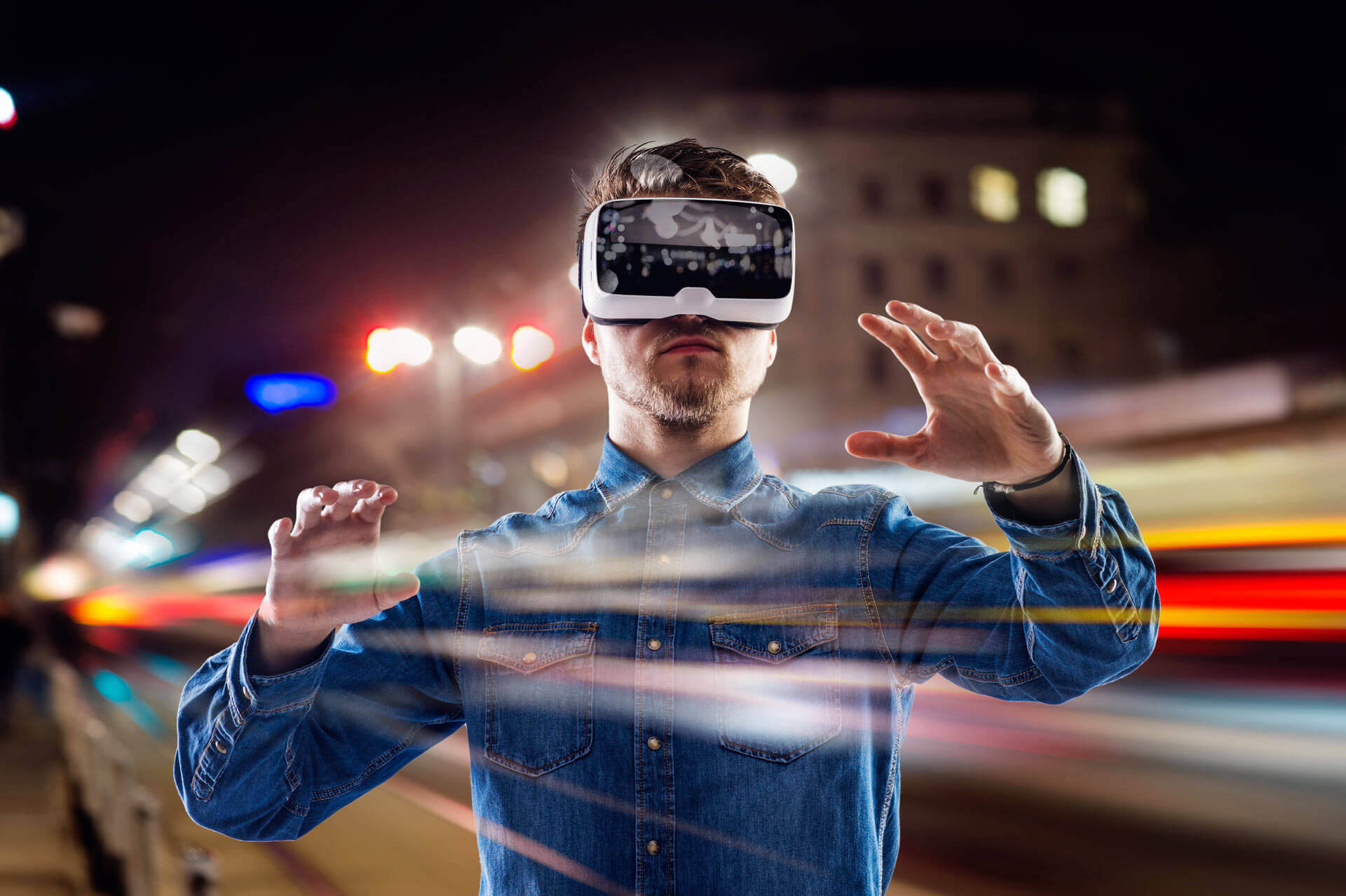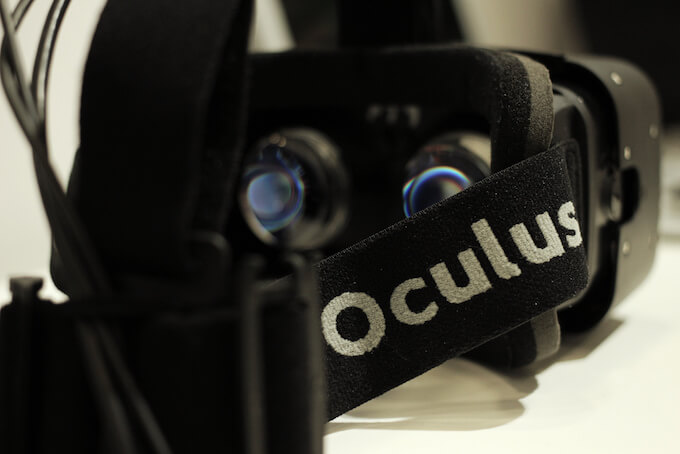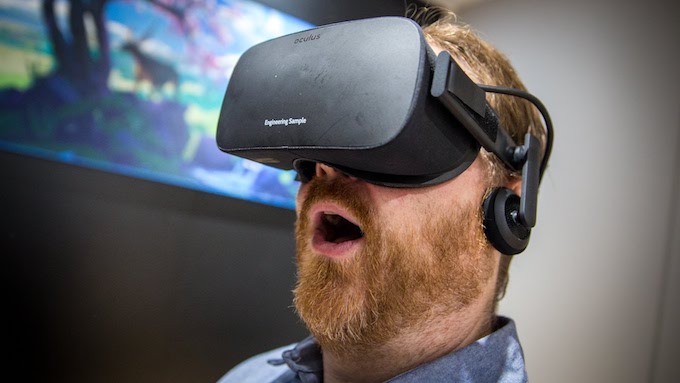Virtual Reality is becoming increasingly important for marketers. With Virtual Reality all set to become a $1bn industry soon, marketers have started wrapping their hands around in understanding and making the best use of this tool to improve customer engagement.
Virtual Reality Advertising is powerful enough to provide the customer the closest experience of a product or place without even being there (physically). This level of engagement is only the tip of the iceberg and impacts consumers far beyond traditional media; and immensely supports unique value proposition.
VR Marketing campaigns, as of 2016, are being strategically built around two aspects. These include demonstration of product features and functionality and communicating the brand’s mission with consumers. In order for these to work, marketing teams are concentrating on identifying the best VR marketing narratives relevant to their business. By creating stories having strong impact on consumers’ emotions and memory they are increasing the satisfaction levels on their purchases.
Now that the penetration of VR headsets into households is gaining pace, the impact of VR marketing programs are generating far-reaching and better viral responses.
On one hand some brands are providing in-store VR experiences or at special events using high quality VR Headsets. On the other hand, some are working towards reaching broader audiences that can experience VR at homes on their cell phones or computers.
Also Read: What is history of VR and Types of VR Headsets
What is VR: History and Types of Virtual Reality [Latest Tech]
Virtual reality – These are two words that are on everyone’s lips for months. But, do you know what it is? In this article we explain what the VR is and how
If you are a marketing personal, you’re probably wondering on how to find the best VR Marketing strategies? For that matter, even if you are just as curious as us to find out where VR is heading towards, we are presenting you these 5 marketing campaigns.
Here Are 5 Best VR Marketing Campaigns So Far
1. McDonalds
McDonalds is a major brand and are energetically experimenting with Virtual Reality. They have always been striving to be fresh and VR was the perfect opportunity for them.
McDonalds created their own Google Cardboard like VR Headset from their Happy Meal Box and is known as the McDonald’s Cardboard VR Headset. It is currently doing trail runs in Sweden and using happy boxes to offer people happy VR experiences. The built-in game, Slope Stars is based on Swedish recreational holiday.
McDonalds, one of the legends in marketing, is running this awesome campaign tied to entertainment and the coolness of reusability.
2. Volvo
Volvo has perhaps struggled to appear modern compared to their competitors. It has adopted the VR route into an essential part of its operations.
Volvo made an app to support the launch of their new XC90 SUV. It puts you into the cockpit and takes you for a ride. Though the experience is not tailored to perfection, it is a clever move and could possibly redefine test-driving forever.
Through this fresh VR marketing campaign Volvo has managed to gather attention with ever increasing number of views on YouTube. This gives a good reason why your business should try to appear fresh by taking the VR initiative.
3. The New York Times
By embracing Virtual Reality, The New York Times is redefining storytelling and enticing audience. It all started in November 2015 with a VR film, The Displaced, an immersive documentary detailing tragic stories of children affected by war. New York Times distributed a million Google Cardboards to its subscribers for free.
Though it was not a marketing campaign, it generated publicity. Following it up in May 2016, 300,000 were distributed to longest tenured digital subscribers and its second VR video Seeking Pluto’s Frigid Heart was released.
In the present scenario where people have umpteen options to get their news updates from, New York Times has marched into newer territories to catch viewer’s imagination and tell stories with an innovative and exciting approach.
4. Coca-Cola
Coca-Cola is another major brand that has entered into Virtual Reality Marketing with some style. Last Christmas, Coca-Cola successfully immersed thousands of people from Poland into a VR experience of being Santa Claus.
The app featured a sleigh ride with which you fly across different corners of the country posing as Santa Claus.
Unlike many other top brands, Coca-Cola has always been striving to appear fresh. You can also find from the video how a VR viewer can be made from the Cardboard. Its move into VR marketing is taking the company deeper into the memories of consumers.
5. Marriott
VR is lot more about boosting the tourism sector than you think. Imagine you can transport yourself to Hawaii or The Bahamas, wouldn’t it be great?
Marriott has taken up the challenge and started advertising vacation getaways partnering with Framestore VR Studio and Relevant. The technology behind this is a telephone booth-like device packed with heaters and wind jets and they have used the Oculus Rift as the VR Headset. The client is sort of teleported into a Marriott hotel room and then to amazing viewpoints in the selected destination almost enjoying real sensations.
Don’t mistake this to be a tourism killer, in fact, it is a step towards getting a little taste of locales before actually getting there. Marriott has taken a move beyond just showing 360 degrees photos and videos and is providing clients the wonderful experience without even having to step into the airport.



